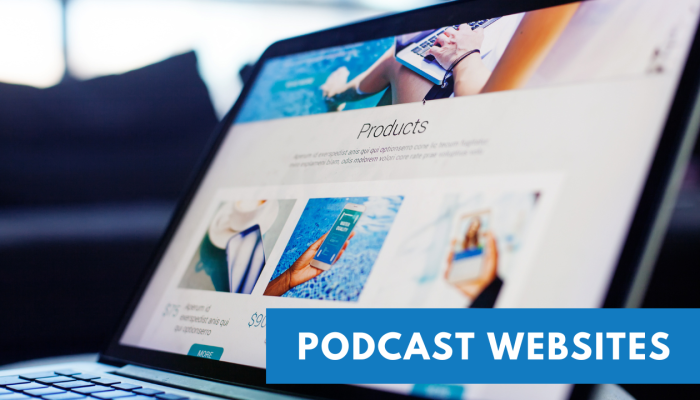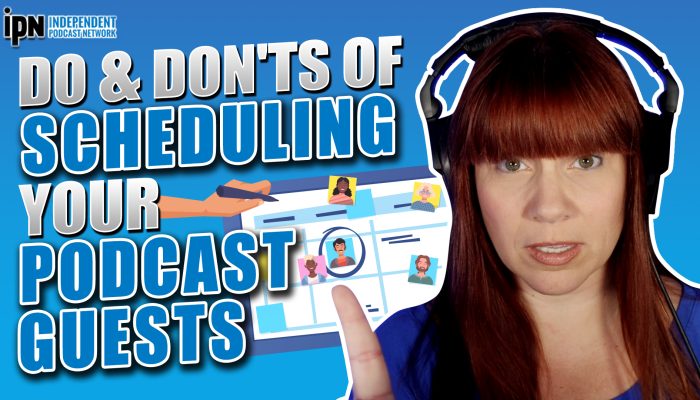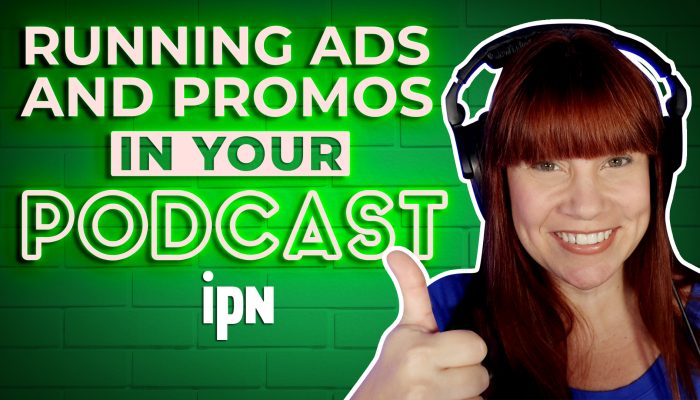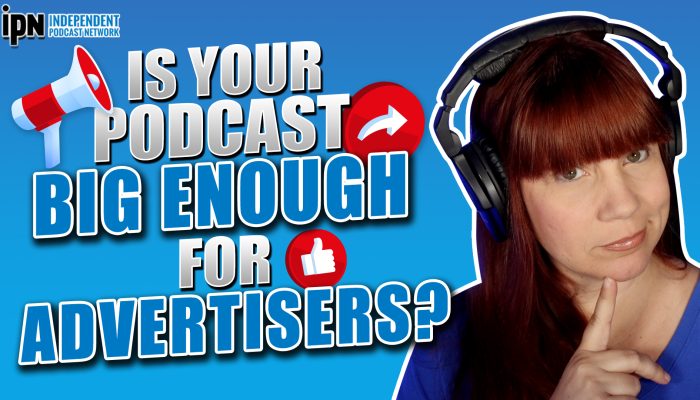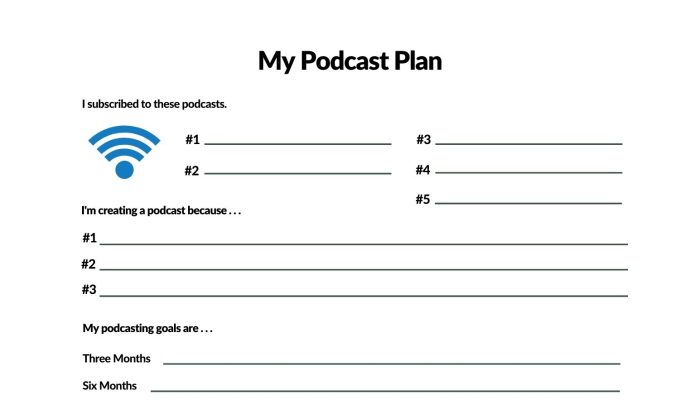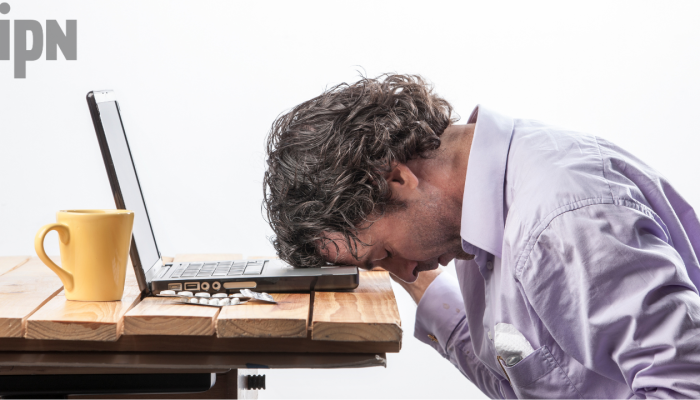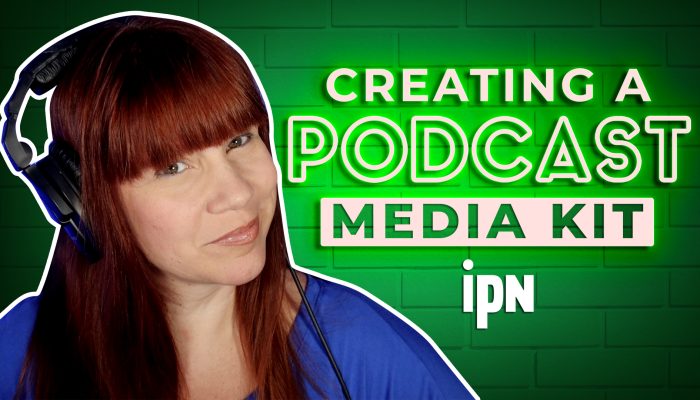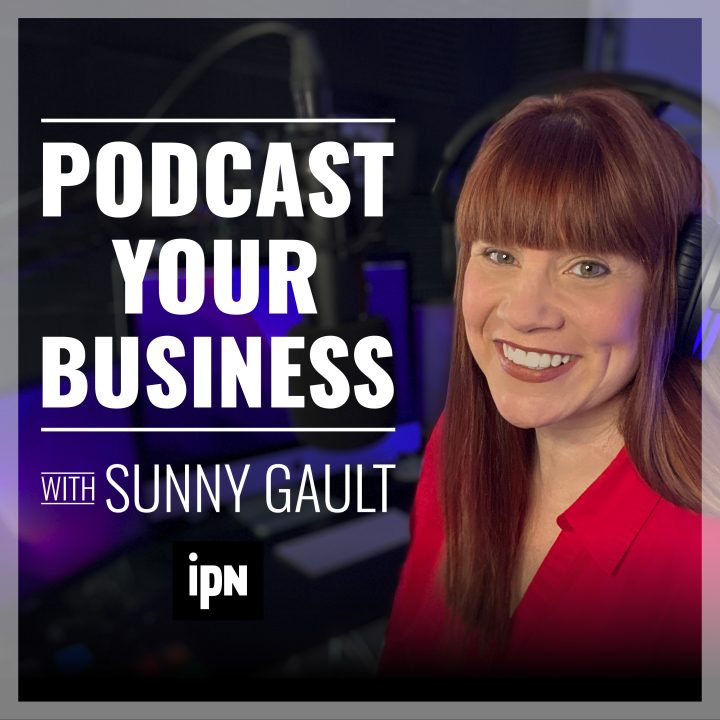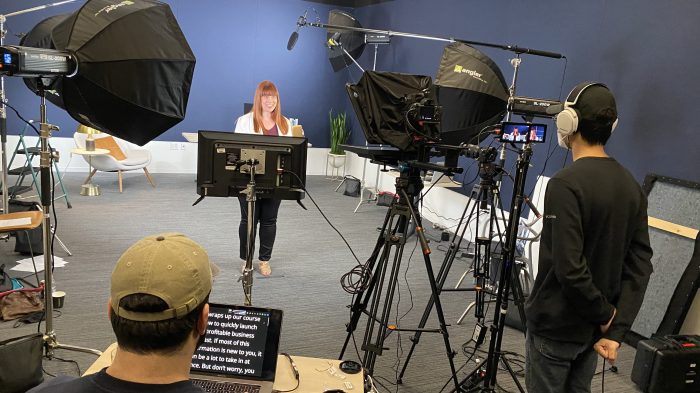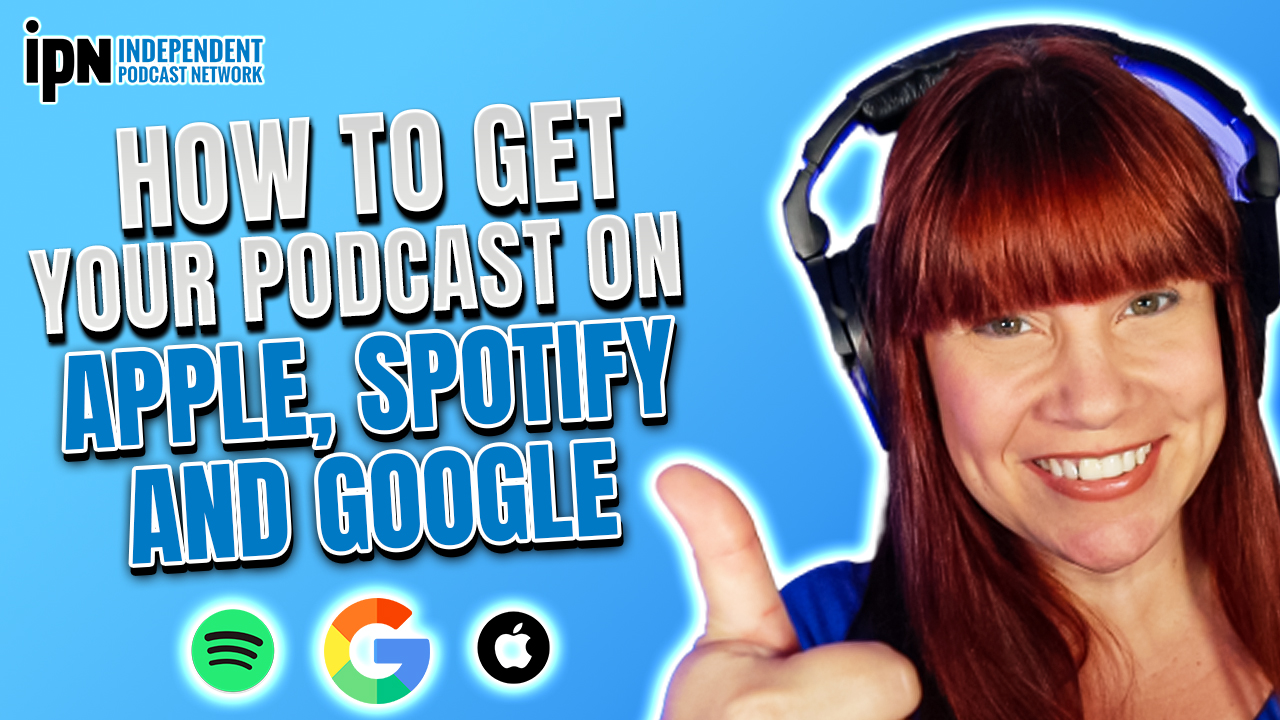
How can people find your podcast?
You can have the most amazing podcast in the world, but if no one knows about it, you’re probably not going to achieve your goals. Distribution of your podcast is super important. Gone are the days when shows are only found in one place- at least for those of us who don’t have multi-million dollar podcasting deals. You need to be in as many places as possible without having to do a ton of extra work! Today we’re talking about how to get your podcast on Apple, Spotify, and Google as well as some of the smaller distribution sites.
This is what you’ll learn in today’s episode…
- How podcast distribution sites work using RSS feeds
- The top podcast distribution sites and how to submit
- When to submit to these sites and what your podcast needs
Here’s the sample promo I created for Podcast Your Business. I refer to this sample in the episode.
the most popular podcast directories
Here’s a breakdown of the most popular directories where people listen to podcasts. Download our guide and create accounts with each of these sites so audiences can easily find you!

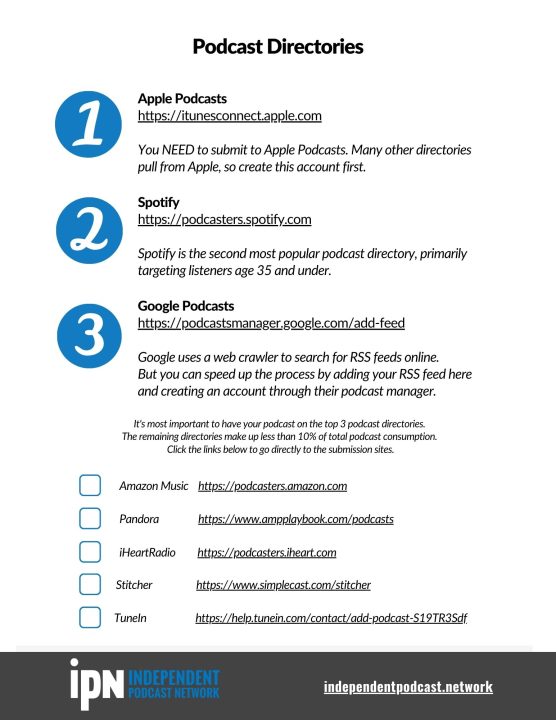
Episode Transcript
0:01
You can have the most amazing podcast in the world. But if no one knows about it, you’re probably not going to achieve your goals. Distribution of your podcast is super important. Gone are the days where shows are only found in one place. At least for those of us who don’t have multimillion dollar podcasting deals, you need to be in as many places as possible without having to do a ton of extra work. Today, we’re talking about how to get your podcast on Apple, Spotify and Google, as well as some of the smaller distribution sites. Take it away, Radio Man. Podcast Your Business!
0:48
Hey, everybody, welcome to Podcast Your Business. I’m Sunny Gault. I’m a podcast coach and mentor. I’ve been doing this whole podcasting thing for 17 years now. I’m also the founder and CEO of Independent Podcast Network, we have a ton of great resources, free resources on our website, at https://independentpodcast.network, be sure to check all that out. I am here to help you create amazing podcasts for your business. And we do this by mastering the five P’s of podcasting.
1:20
The five P’s of Podcasting are something that I talk about in my online course, that is for free on my website, as well as through our YouTube channel. We talk about prep, plan, produce, promote, and profit. So in having a successful podcast, you have to prep in advance should you even start a podcast? What is this whole podcasting thing you need to plan and that has to do with the look and feel for your show? You produce it, meaning you create amazing content, of course, you promote it, meaning you tell everyone about it, and you profit from it, meaning you make money and it ties into your business, and it makes your business more profitable. So Radio Man, what are we talking about today? Promote. Yep, we’re promoting our podcast. And the first step to promoting your show is making sure you’re on the right distribution channels. In other words, does your podcast appear in at least most of the places where people are looking for podcasts? Right, pretty simple. Back in the olden days, you know, I’m thinking, you know, back when cowboys, Indians, all that kind of stuff, you would have a town square, or a center of town, sometimes towns even have that today. And that’s where if you wanted anyone to know about what you were doing, or you wanted to promote anything, you’d put posters up and all that kind of stuff. This is essentially what we’re doing with your podcast, we are making sure that they are in the places where people are naturally going to go to look for shows, we’re going to talk about a few different things. Today, we’re going to talk about how podcast distribution sites work. So how are they actually distributed? There’s a little bit of technology behind it. It’s not super sophisticated. It’s called RSS feeds. And we’ll talk a little bit about that and how you get one of those. We’re also going to talk about the top podcast distribution sites, which ones I recommend that you put your show on? And also, how do you submit to those sites? What is that actual process look like? And then we’re going to talk about when you should submit to these sites, and what your podcast needs, like how do you know your podcast is ready to submit to these sites? What do you need? What are they going to be looking for? How do you make sure your podcast feed doesn’t get rejected? Things like that. All right, we’re gonna get started right after this quick break.
3:47
When we talk about podcast distribution, the term podcast distribution, it sounds like a super important and formal process. And it is super important. Okay, you can’t miss this step. You guys super important episode today. But it is not formal. It’s not like you’re sitting down at a table and negotiating. I mean, if you were celebrity, yes, probably if you’re Joe Rogan, or somebody like that, you are making huge deals like this. And the distribution of your podcast is probably going to look a lot different than what we’re talking about today. But for most of us, this is a informal process. And you can easily submit your podcast to all the major sites within an hour or less. I have a brand new video podcast I’m doing with some of my girlfriends, and I just did this like two weeks ago, and literally guys under an hour for video podcast. And that’s all the work that I had to do. Now, it may take a little bit of time for them to actually publish it to those sites. But essentially, my work is done. And today I’m going to teach you how to do the exact same thing. So how do these podcast distribution sites work? As I mentioned before, there’s a little bit of technology by behind it, but it’s really easy. So here’s how it works. Okay, you publish your podcast, or maybe you have an editor that does this, right. So you have found a podcast host provider that you really like. And if you need more information on how to find a podcast host provider, go to https://independentpodcast.network, and just search “podcast host provider”, and a ton of great information will pop up for you. So you have found your podcast host provider. And once you create your account, and enter some basic information about your podcast and a description for your show, and a category and some things like that, you also need to have some artwork for your podcast. Once you do that, it is going to create something called an RSS feed. That’s the technology that I’m talking about. RSS stands for Real Simple Syndication. You are literally going to use your RSS feed, which is essentially guys, it’s a link. It is a link that your podcast host provider creates for you that contains the content for your podcast. So it’s a link that you’re going to end up submitting to these different podcast distribution sites, so that when you publish your podcast do your podcast host provider. And just some examples of this guys, if you’re like what’s a podcast host provider, like Anchor is a podcast host provider, Libsyn. Buzzsprout. Megaphone is our preferred podcast host provider for IPN. So once you submit there, then it’s going to go out on your RSS feed, they’re going to give you this RSS feed, and then you’re going to take that RSS feed, and you are going to submit it to the sites that we’re about to talk about. And by the way, quick tip, when you are submitting your podcast to these podcasts distribution sites, I want you to manually go to each of the sites that I’m going to recommend create accounts if you need to, and submit your podcast that way. What used to happen, and I think it’s probably still happening is that podcast host providers used to do this on your behalf. Right? So you would upload your podcast to your podcast host provider. And they would say Do you also want to publish to Spotify and publish to IHeartRadio and Pandora and all these other sites, and you would just click a button and it would be done. But the problem is that a lot of times they are creating a separate RSS feed for each of these publishers. And when that happens, it makes it more difficult if you ever decide to leave your podcast host provider and go to another one. Because you’ve got to redirect all of these feeds. And a lot of people don’t realize that and they’ll end up going with another podcast host provider and wondering why they only have half the traffic. So there are ways to fix it. If you ever find yourself in that situation. We’ll probably do an episode on that in the future. But just make life easier for yourself. And originally when you submit to these distribution sites, do it on your own do not go through your podcast host provider.
8:25
Which sites should you be distributing your podcast to? There are many places that claim they are a hub for people finding podcasts. The truth is you’ve got less than 10 that are actually worthwhile. And really the top three, make up at least 90% of all the podcast listenership that’s the truth. Okay, so don’t be overwhelmed. If you see articles out there that say submit to all 100 of these sites. That’s probably a waste of your time. In fact, I have a handout. I’ll talk a little bit more about it at the end of this episode, where I have links to all of these sites and some tips. So you can download this handout, and it will tell you exactly what to do. But let’s quickly go over some of these. Your major podcast distribution sites are Apple, Spotify, and Google Podcasts. They make up over 90% of all podcasts listenership as far as which order I believe Apple is still ahead of Spotify, but they’re like neck and neck right now. And Google Podcasts is you know, a little bit you know, they’re in third place. Let’s put it that way. And then you have your minor podcasts distribution sites. So these would be I think the main ones are these Amazon Music or Audible- sometimes they’re used interchangeably. Pandora, IHeartRadio, Stitcher, and then something you probably never heard of before. And that is tunein. Tunein, at least used to be the default podcast player for Amazon Alexa. Now that Amazon Music is on the scene that may or may not be the case. But I still recommend that you submit to all these sites, they are all on this sheet, this handout, this free handout that I’m going to give you guys, you literally can just click on the links. With most of these, you are going to have to create an account. But sometimes it ties into an account you already have. So for example, for Apple, you might be able to use the login that you already have for Apple, or if you already have a Spotify account for Google Podcasts, okay, you can tie this into your Google account. You don’t necessarily have to. So what Google does is it has these little bots, right? Because it’s Google, okay, and they’re gonna send out these little bots, and they’re gonna find RSS feeds. So even if you did nothing, eventually, as long as you’re with a reputable podcast host provider, who is following everything that they’re supposed to be doing, then Google is going to find you, but there is a way and it’s on the handout where you can kind of jumpstart the process, and give them a heads up that you’re there. So you can get it published faster. And I do recommend that you do that. Okay. So those are the sites, those are the only ones you need to focus in on and know this, I always say start with Apple Podcasts first. Because many of these smaller sites and these apps and things like that, that you know, are for, you know, podcast listenership. Many of them are pulling from Apple directly from Apple. So you may find, if you’re doing some research on your podcast, after it’s launched, you may find that you’re on the sites that you didn’t even realize that you were on, right, if you just did a quick Google search, maybe like I didn’t submit to that site. So what some of these places do is they’ll have you claim your podcast, right? So they’re grabbing feeds from usually Apple. But then you can go on the site, and you can claim it, and you can update it, and you can do some stuff like that, and then get some, you know, stat information and all that good stuff. So that’s the list guys.
12:19
Now, when should you submit to these distribution sites? First off, don’t submit before you have content that’s part of your RSS feed. And by content, I’m talking about either a promo or your first episode. So let me tell you what I typically do. I if I’m launching a new show, and also when I’m coaching clients, I tell them, if you have time, and you’re not in a rush to launch your podcast, create a podcast promo first. That can be as long as you want it to be that could be the behind the scenes of why you are creating your podcast why this is important to you, because you don’t want to say that in every episode. But it’s kind of the why why are you doing this? Why, you know, why have a podcast? And why should people listen? My podcast promos, and I’ll include a link in the description for this video, or it’s not even a video. It’s just audio, I’ll include a link below for you guys. But for me, it’s you know, two minutes max sometimes you know, it’s it’s less than a minute, it really just depends. The point of this. It’s twofold, really, because I do recommend you have some sort of podcast promo if you want to do any cross promotion with other shows in the future. But creating it now and basically making it episode zero. Or if your podcast host provider has an option of selecting that it’s a promo. So it doesn’t count towards your episodes. It’s just a promo. That’s what I would recommend. So create that. And that will serve as content. So when you are publishing to these podcasts distribution sites, they are going to think you already have content. If you don’t have anything listed in there, there’s a good chance your RSS feed is going to be rejected. They’re not even going to bother with it. So make sure that you have at least a promo in there. If your launch date isn’t super important. If you’re doing like a soft launch or something like that, then it could be your first episode. If you don’t want to worry about the promo, that’s okay. Really, this is just a way to get you into the directories. And then if your launch date is really important first launch the podcast promo and then plan your launch date once your podcast is listed in the directories. So the next question might be Well, how long does it take for me to get listed in these directories? Sometimes it’s 24 hours or less. It really depends on the flow. And, you know, if a lot of podcasts are being submitted, and some of the sites do things manually, and some of the bigger ones, it’s just an algorithm a process so that they have, most of them will contact you once your feed is available. And I do recommend that when that happens, you bookmark that link, because it’s going to take a little bit of time for you to be able to use their search tools to find your show. Again, it’s another algorithm thing, you don’t have a lot of people listening to your show yet. So it’s not going to pop up, especially if your podcast has very common words in it that a lot of other podcasts have. So I recommend that you bookmark all of these. If you have a website, I think it’s great to put the like the little buttons for each of these podcasts, distribution sites, put those buttons nice and clear on your website, so people can easily subscribe. And that, my friends is how you get your podcast on Apple, Spotify, Google, and some of the smaller sites. Again, all of this is on this handout. Please download it, share it with other people. Totally free for you guys. And I hope it helps. All right, we’ll be right back to wrap everything up.
16:06
So I have an announcement, everybody, I am working on a new I’ll call it a project. It’s really a website. Because I along with some engineers have developed a new tool that I think is going to help a lot of podcasters out there. I’m calling it PodBlend. And I’ll give you more information once the site launches in about a month or so. But this is what it does. And it totally ties into today’s topic. So PodBlend takes multiple RSS feeds, which we talked about earlier in today’s show. And it combines them together into a single RSS feed that you can submit to podcast distribution sites. And here’s the beauty of it. It will continually update when those individual feeds publish new episodes. So what can you do with this? Well, first of all, this is an amazing tool for podcast networks, to be able to group all of your shows together in a single RSS feed, and be able to promote it however you want. The podcasters still get 100% credit for all of the you know listens downloads that come from that feed, so you’re not taking anything away. So you’re actually helping them as a podcast network to be able to get out there and be discovered by more people. Or maybe you as an individual podcaster. You don’t have to have your own network, maybe you just want to do this with your own shows, or you have some friends and some of the content similar. And you want a way to be able to market and promote yourself as a group. So you can use this tool and it has all the proper tagging that you’re going to need and that these podcast distribution sites are going to be looking for in order to distribute this feed so you can get more exposure. So I’m super excited about it. Like I said, I’m working with some engineers to make this happen. We’re designing the website. Now. I hope it’ll be done in the next month. And I’ll tell you more about it, of course, when it is available.
18:09
In the meantime, guys, I hope you appreciate today’s show, I hope you got some good information out of it. We have made a bunch of changes to our website at https://independentpodcast.network. I have a ton of free resources. I have free courses. I have new blog posts that come out every week, new YouTube videos, I’m in the process of creating a new course and all my other course material is already up and available. I have handouts. So please go to https://independentpodcast.network, you can have access to all of that for free. You can literally start your own show without paying any money with the resources that are on the site. Okay, so don’t waste your money on courses and stuff like that when you have all this free information available. Okay, guys, thanks so much for listening. Until next week, remember, podcasts are awesome!
